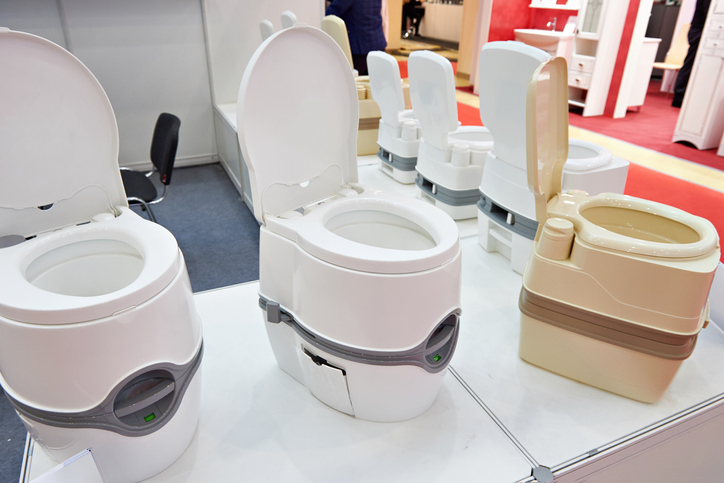That’s no understatement — for the 2.3 billion people around the world who don’t have access to sanitation, a new kind of loo could save countless lives.
Flush toilets aren’t everywhere
Flush toilets are commonplace in the U.S. and Europe, but for large swaths of the developing world, the technology is yet to land. Many areas don’t have clean water, sewage lines, or proper sanitation. People still have to use the bathroom even if they don’t have sophisticated plumbing fixtures, which means all that human waste can go anywhere. Outhouses or even more primitive methods of relief can allow stuff to seep into the dirt, or the groundwater, or drinking water supplies. Result: Water contaminated with dangerous germs that lead to diarrhea, cholera, dysentery…and death.
Better toilet technology, from Bill Gates
Many organizations are working on bringing sanitation to places that don’t have it, including Bill Gates. Via the Bill and Melinda Gate Foundation, the Microsoft founder and his wife have donated hundreds of millions to better toilet technology, and he spoke about the issue in November 2018 at the Reinvented Toilet Expo in Beijing. As a keynote speaker, Gates demonstrated the pressing need for proper poop processing in a novel (if gross) way: He held up a jar of leavings and pointed out that the contents within could be home to “as many as 200 trillion rotavirus, 20 billion Shigella bacteria, and 100,000 parasitic worm eggs.”
Reinvented Toilet Expo
Also a big draw at the Reinvented Toilet Expo: the toilets, of course! Twenty commodes from tomorrow were on display, and all have something in common — none of them need water lines or a sewage system, as they convert waste into fertilizer, ash, and usable water. The Gates Foundation gave a huge grant to develop one of the toilets being showed off, the Nano Membrane Toilet. Rather than using water, the lid closing activates gears, which triggers a scraper that pushes waste into a holding tank. Then a twisting spiral column removes the solid waste, cuts it into small pellets…and feeds it into a tiny incinerator. That turns the poop into ash, which collects in a tray that has to be emptied now and then. As for the liquid, its treated and sanitized with a tiny amount of water and vapor and collects in a tank. It’s not potable, but it can be “recycled” into use for watering crops. It’s currently being tested by real people in Ghana.








